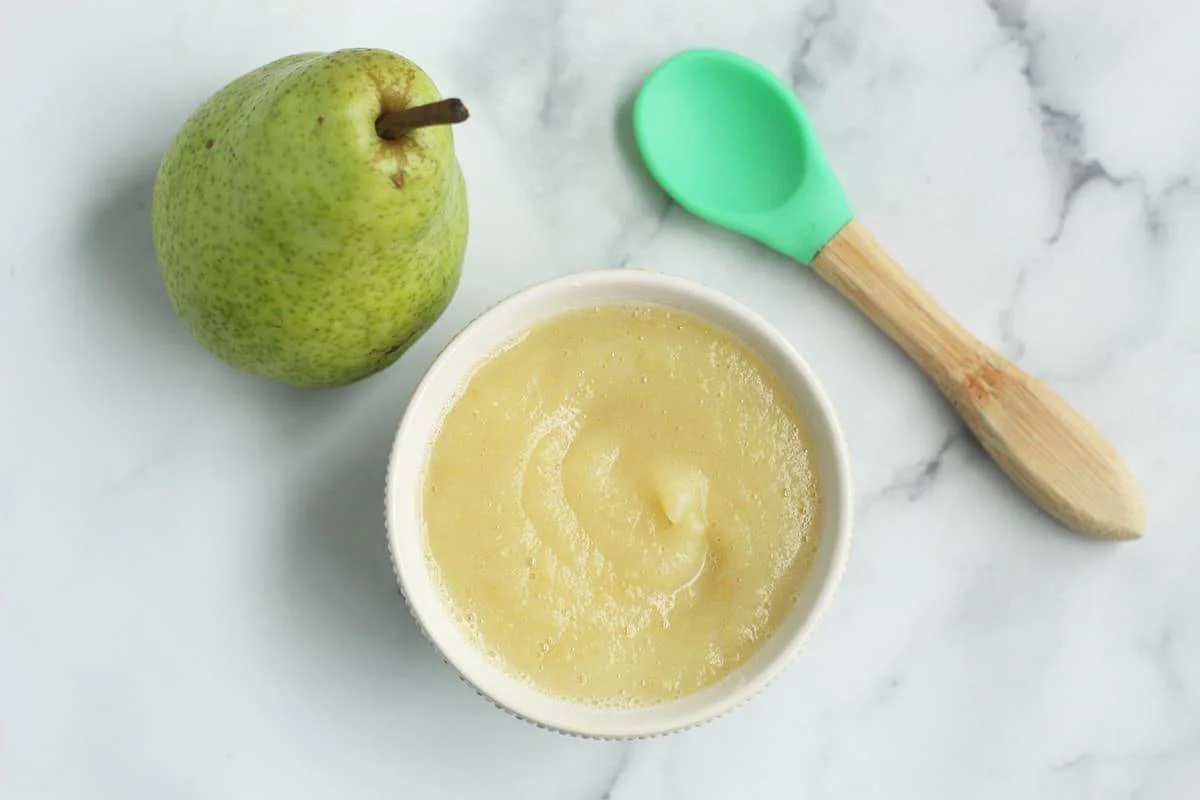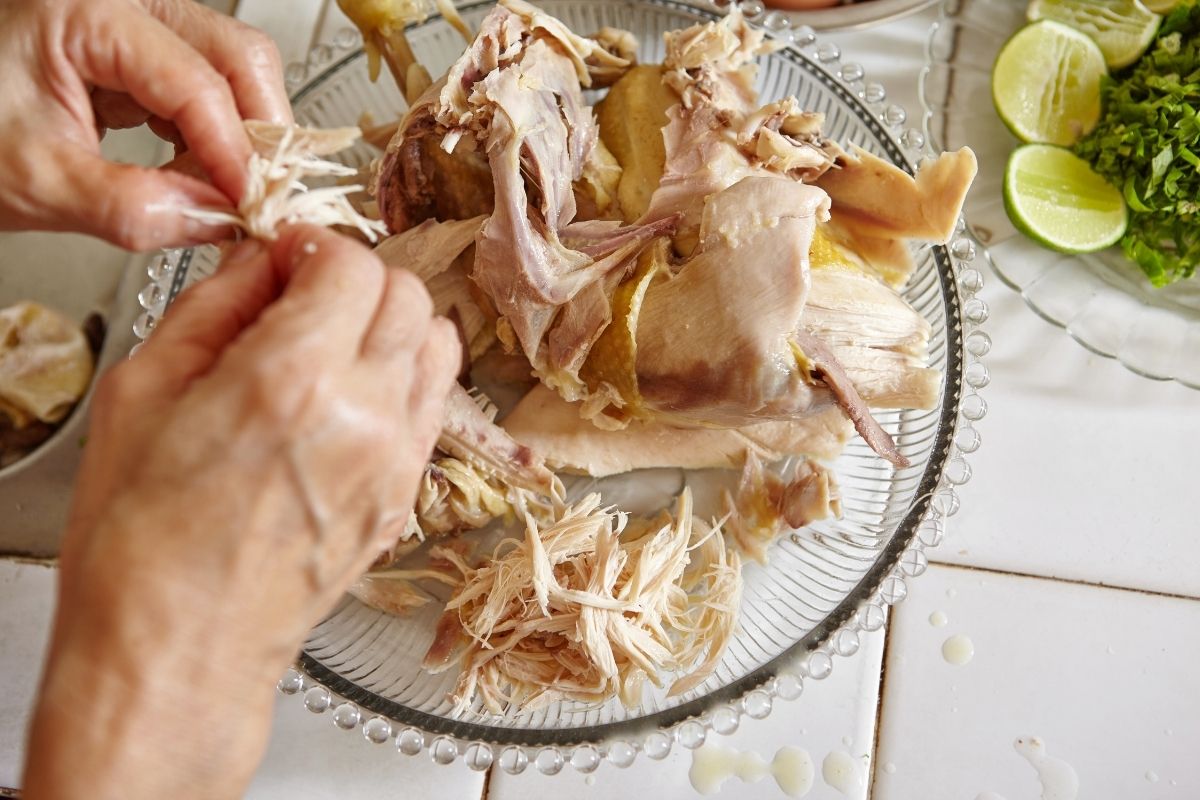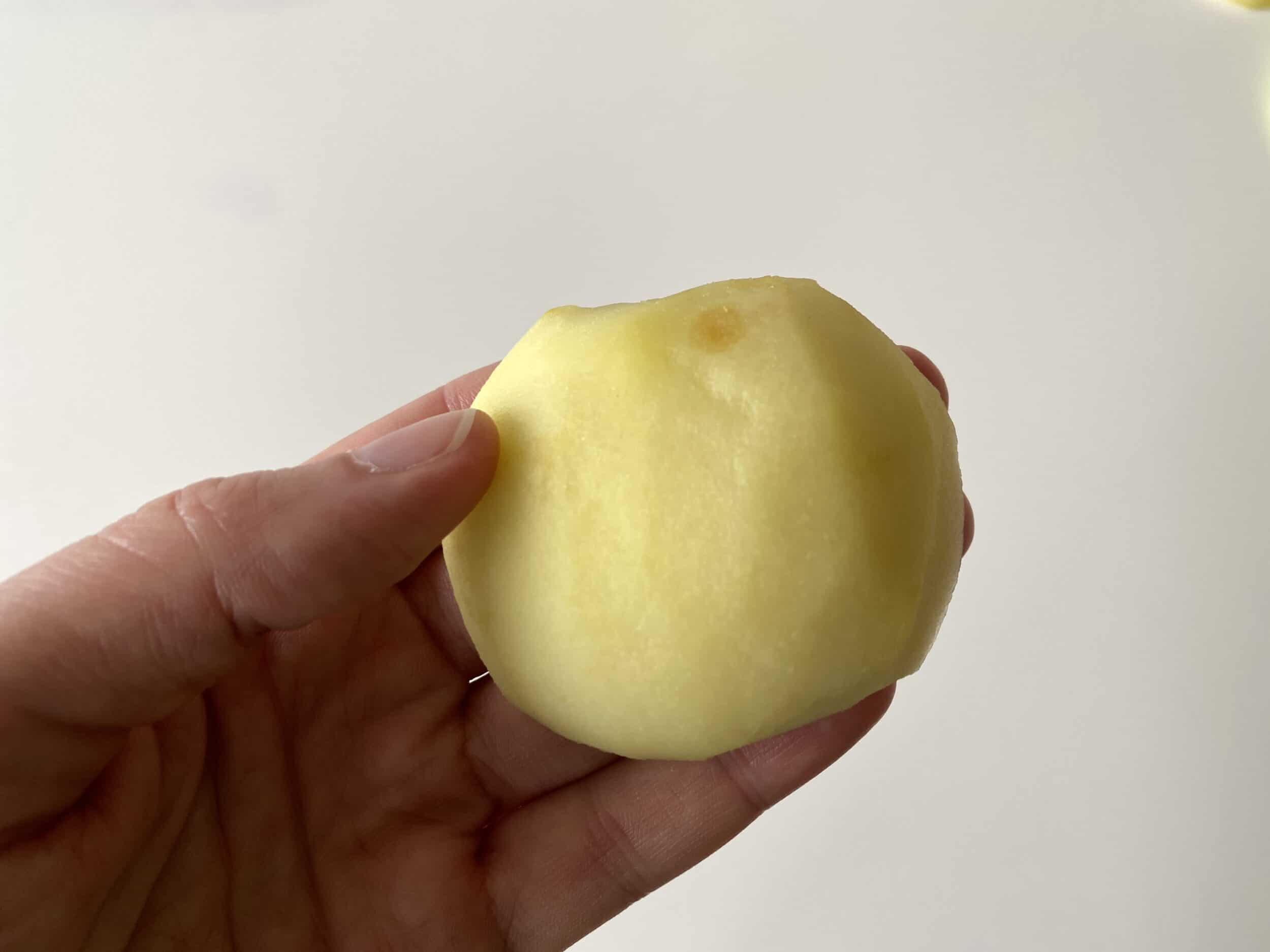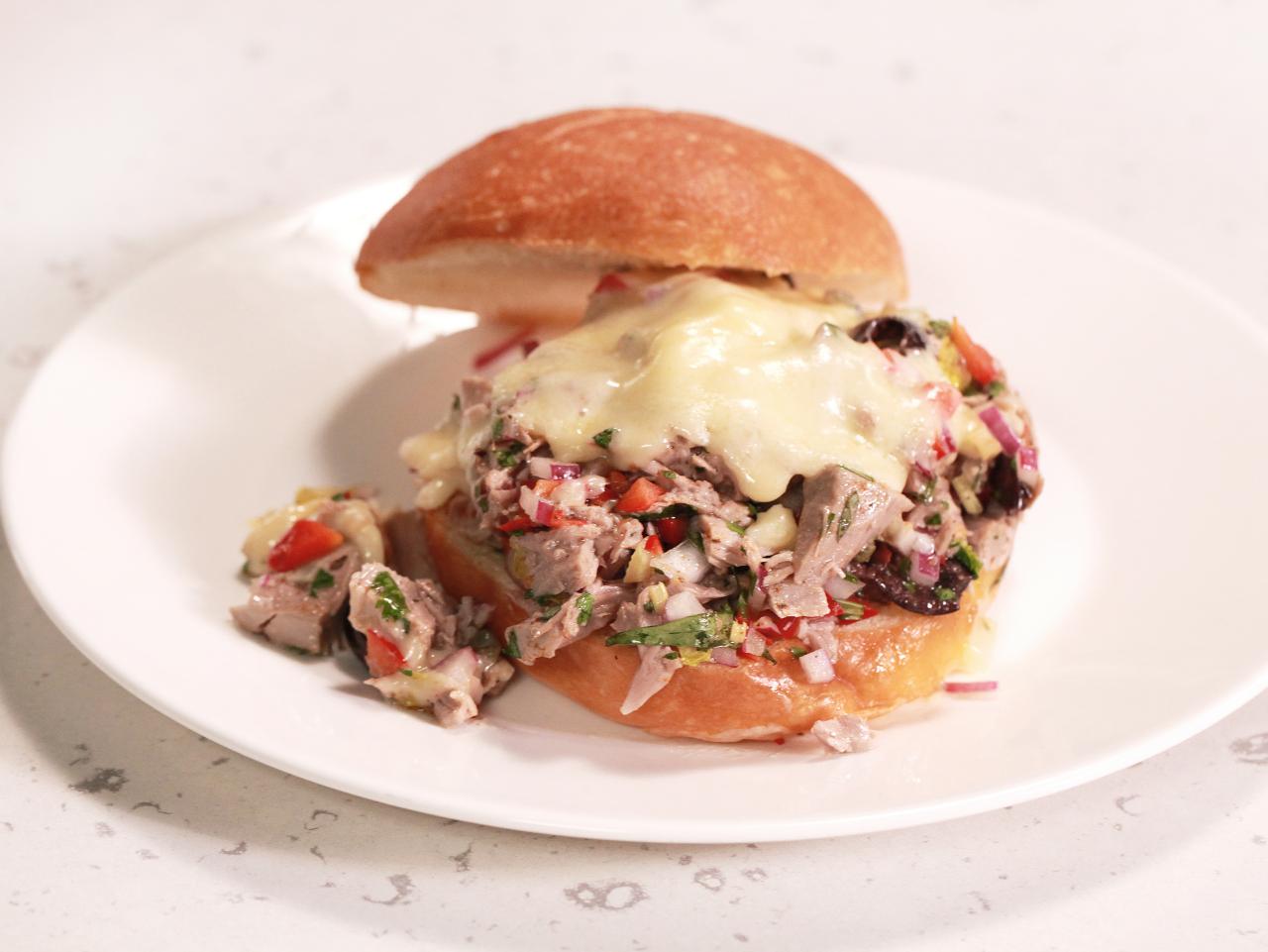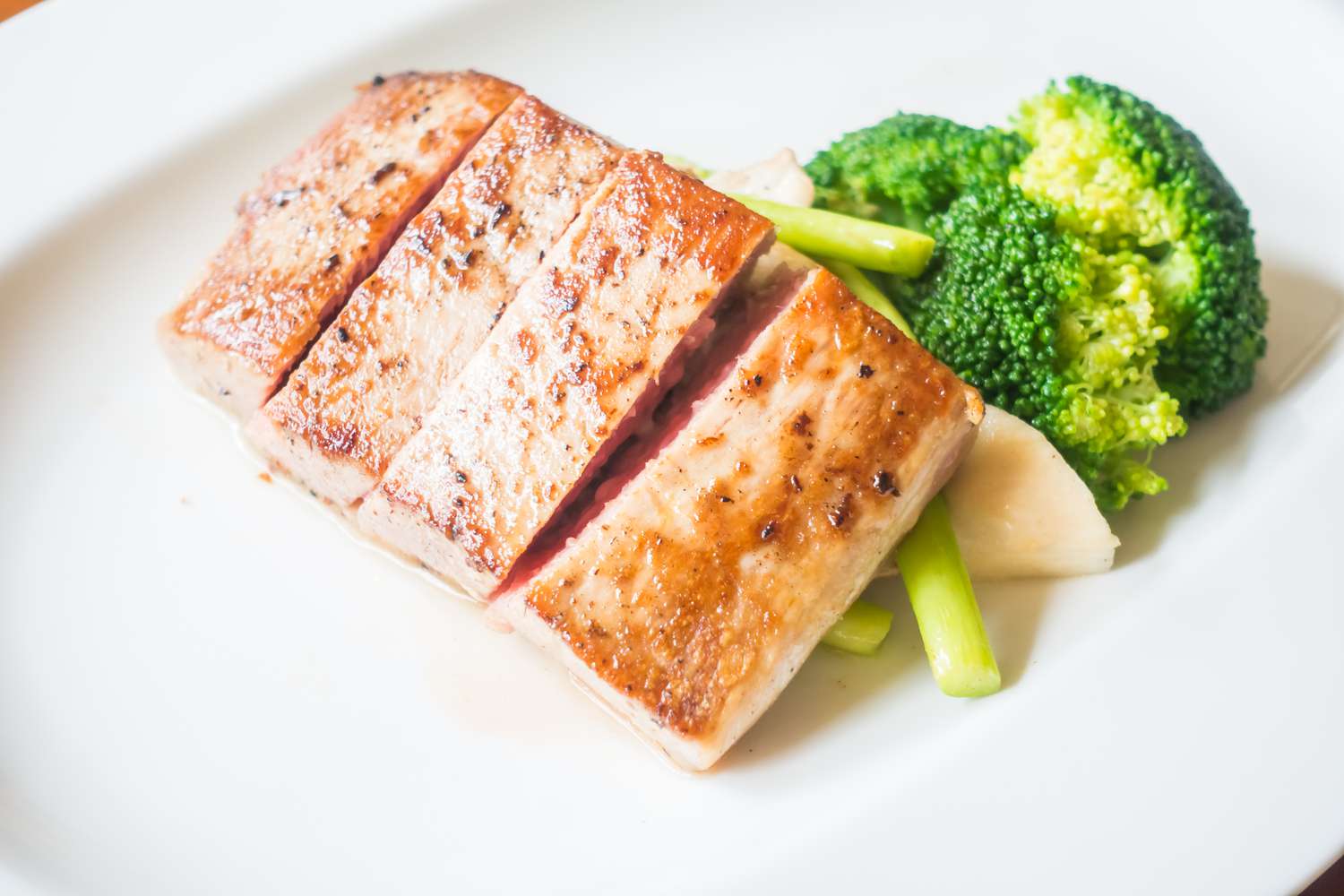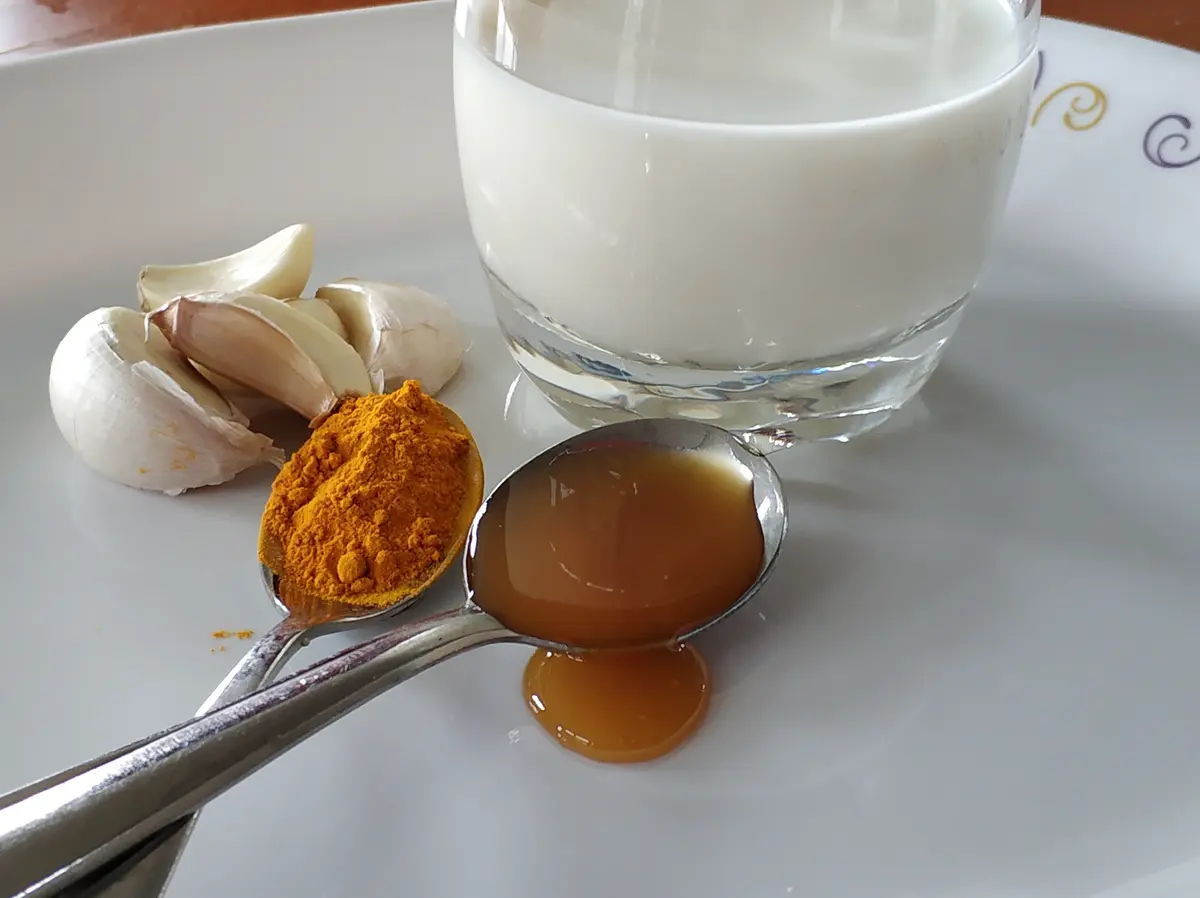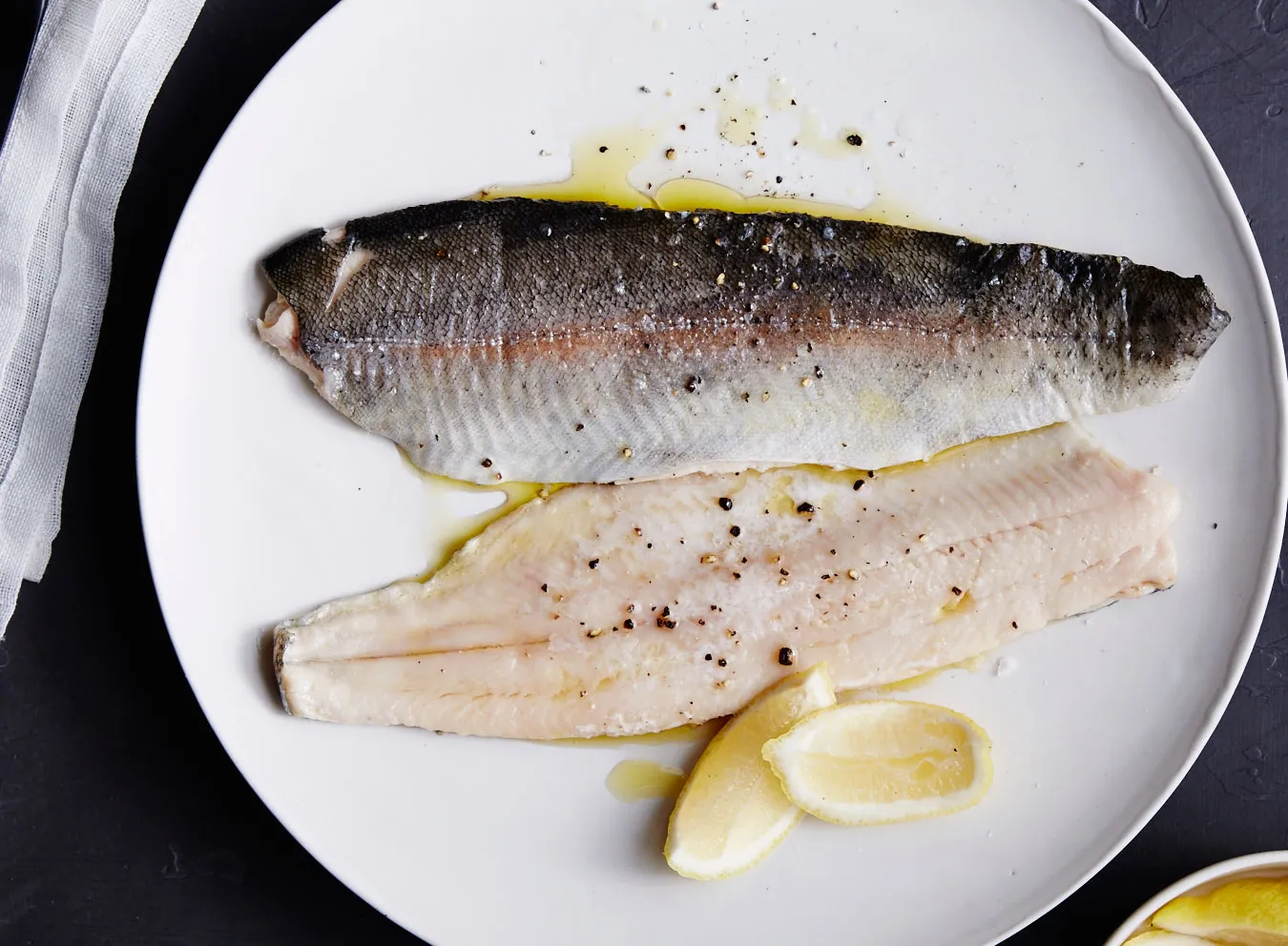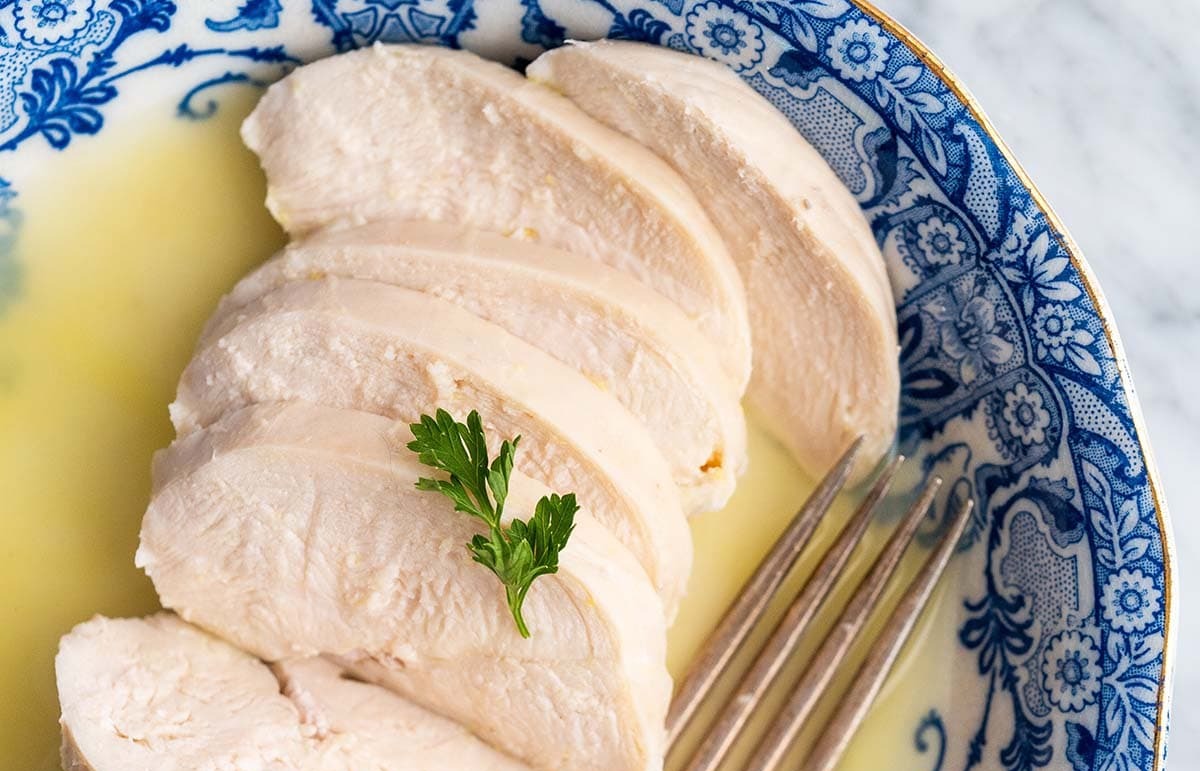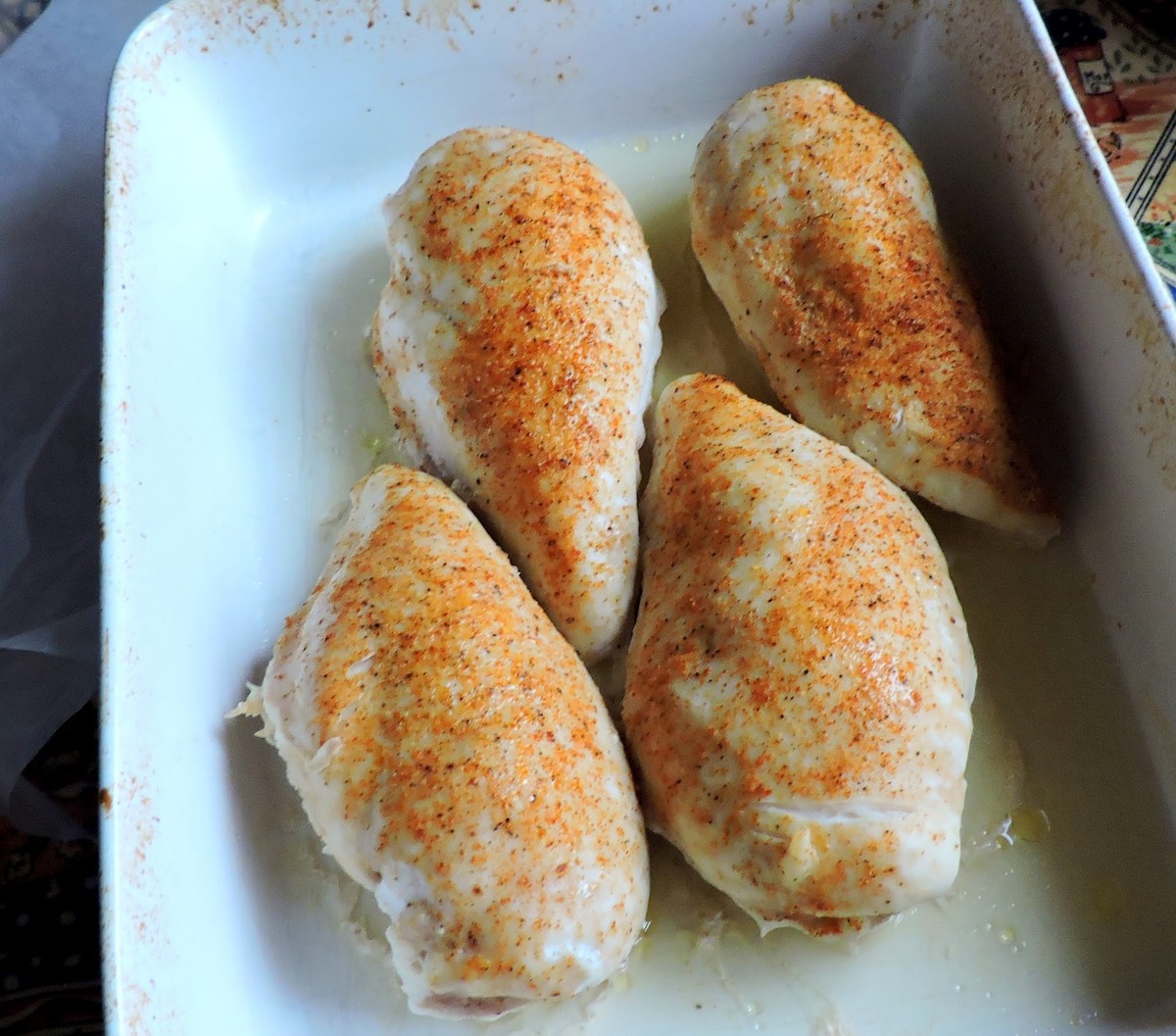How to Poach an Apple for Your Baby
Introducing solid foods to your baby is an exciting milestone, and it’s important to offer them nutritious and delicious options. One simple and nutritious food to introduce to your baby is a poached apple. Poaching apples for your baby is a great way to provide them with a soft, flavorful, and easy-to-digest food. Here’s a step-by-step guide on how to poach an apple for your little one:
Ingredients:
- 1 apple (choose a sweet variety like Gala or Fuji)
- Water
- Cinnamon (optional)
Instructions:
- Start by washing the apple thoroughly to remove any dirt or residue.
- Peel the apple using a vegetable peeler to ensure that there are no skin pieces left, which can be a choking hazard for babies.
- Once peeled, remove the core and seeds from the apple. This step is crucial as apple seeds contain cyanide, which can be harmful if ingested in large quantities.
- Cut the apple into small, uniform pieces. This will help the apple cook evenly and make it easier for your baby to eat.
- Place the apple pieces in a small saucepan and add just enough water to cover them.
- If desired, sprinkle a pinch of cinnamon over the apple pieces for added flavor. Cinnamon is not only delicious but also has antimicrobial properties that can benefit your baby's health.
- Bring the water to a gentle boil over medium heat, then reduce the heat to low and let the apples simmer for about 10-15 minutes or until they are tender. Keep an eye on the apples to ensure they don't overcook and become mushy.
- Once the apples are tender, remove them from the heat and allow them to cool slightly.
- Using a slotted spoon, transfer the poached apple pieces to a bowl and let them cool completely before serving to your baby.
Poached apples can be served to your baby as a standalone snack or mixed with other pureed fruits or baby cereal for added variety. Remember to always check the temperature of the poached apples before offering them to your baby to avoid any risk of burns.
When introducing new foods to your baby, it’s important to watch out for any signs of food allergies or sensitivities. Start with small portions and observe how your baby reacts to the poached apples. If you notice any adverse reactions, such as rashes, vomiting, or diarrhea, stop feeding the apples and consult your pediatrician.
By following these simple steps, you can easily poach an apple for your baby and provide them with a nutritious and tasty treat that they are sure to enjoy!
